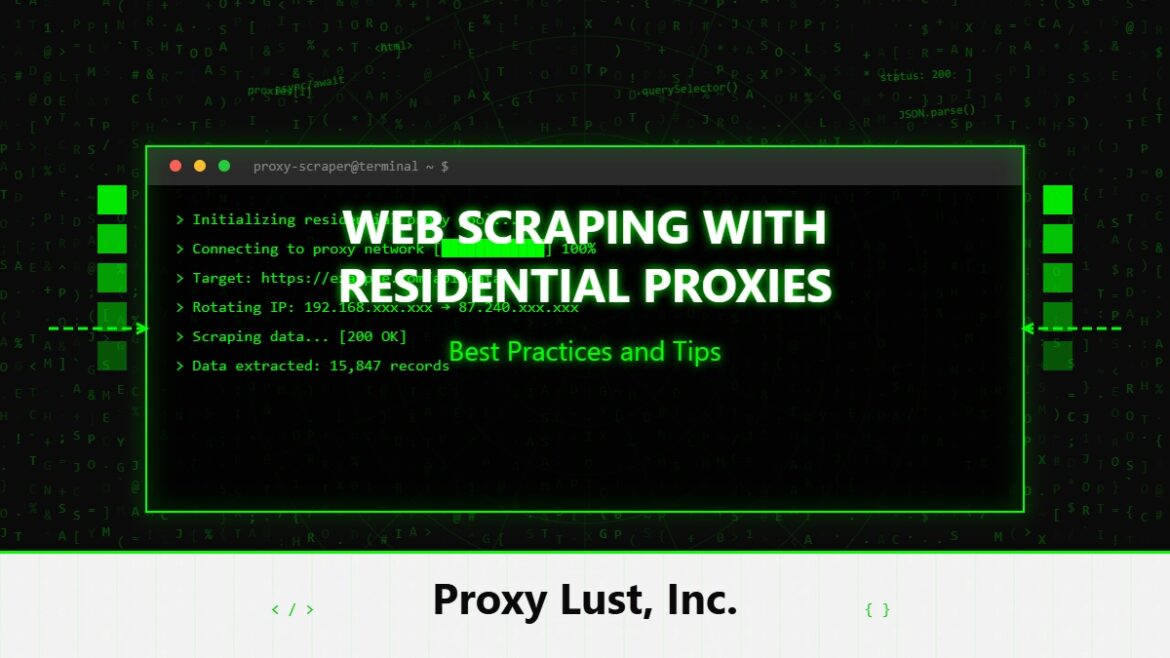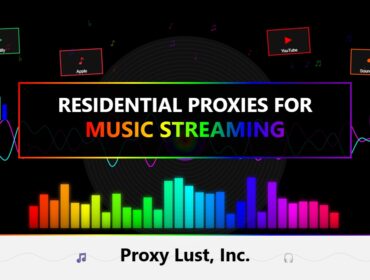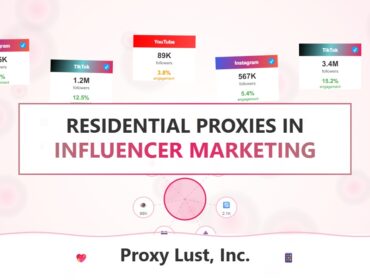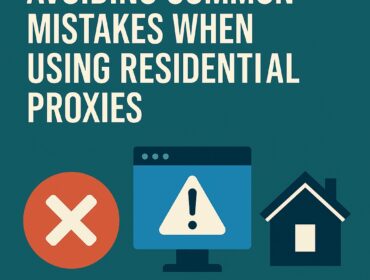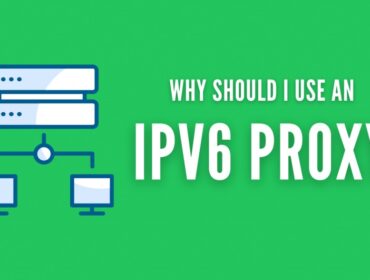Web scraping powers modern data-driven decisions, from competitive intelligence to market research. However, sophisticated anti-bot systems increasingly challenge data collection efforts. Residential proxies provide the authenticity and reliability necessary for successful large-scale scraping operations while maintaining ethical standards.
Understanding the Residential Advantage
Traditional datacenter proxies often fail against modern anti-scraping measures. Websites easily identify datacenter IP ranges, blocking requests before data collection begins. Residential proxies utilize real IP addresses from internet service providers, appearing as genuine user traffic to target websites.
This authenticity dramatically improves success rates. E-commerce platforms, search engines, and social media sites treat residential proxy requests as legitimate user interactions. Advanced fingerprinting techniques that catch datacenter proxies struggle to differentiate residential IPs from actual customers browsing naturally.
Essential Configuration Strategies
Request timing proves critical for sustainable scraping. Implement random delays between requests, mimicking human browsing patterns. Vary delays between 2-10 seconds for general websites, extending to 15-30 seconds for heavily protected platforms. This patience prevents triggering rate limits while maintaining data collection efficiency.
Header management requires careful attention. Rotate user agents matching your proxy locations, ensuring mobile agents for mobile IPs and desktop agents for residential connections. Include appropriate referer headers, accept-language settings matching proxy geography, and standard browser headers that legitimate users send.
Session management through sticky proxies maintains consistency. Many websites track user sessions, flagging suspicious behavior when IPs change mid-session. Configure residential proxies to maintain consistent IPs throughout multi-page scraping sequences, especially for logged-in scraping or shopping cart operations.
Scaling Without Detection
Distribute requests across multiple residential proxies rather than overwhelming single IPs. Calculate optimal proxy-to-request ratios based on target website tolerance. Conservative approaches use one proxy per 100-200 requests daily, while aggressive strategies might push 500-1000 requests per proxy for less protected sites.
Geographic distribution enhances authenticity. Match proxy locations to expected traffic patterns—use US proxies for US-focused sites, European IPs for EU platforms. This geographic alignment reduces suspicion while potentially accessing region-specific content or pricing.
Monitor success rates continuously. Establish baseline metrics for successful requests, response times, and data quality. Sudden degradation often indicates detection, requiring strategy adjustments before widespread blocks occur.
Ethical Scraping Practices
Respect robots.txt files and website terms of service. While residential proxies enable access, ethical scraping builds sustainable operations. Implement exponential backoff for failed requests, honor rate limits, and avoid scraping during peak traffic hours when possible.
Data handling requires equal consideration. Store collected data securely, respect privacy regulations, and limit collection to publicly available information. Professional scrapers build reputations through responsible practices, ensuring continued access to valuable data sources.
Maximizing Long-term Success
Successful web scraping combines technical capability with strategic thinking. Residential proxies provide essential infrastructure, but sustainable operations require careful implementation, continuous optimization, and ethical practices that benefit both scrapers and website operators.
